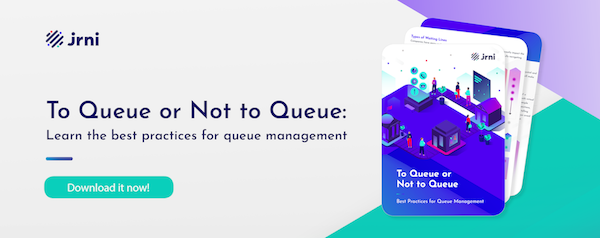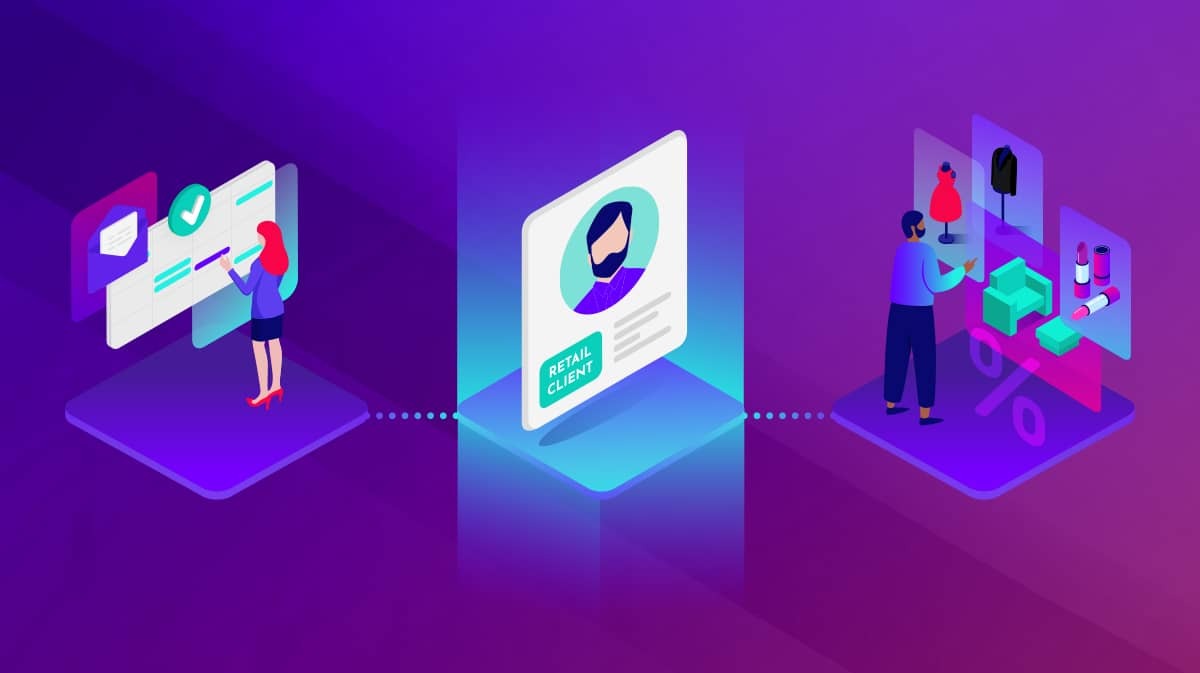We've all done it. We order ahead or book an appointment from our favorite establishment and then swoop into the store, breezily passing by the people who are patiently waiting in line.
Is this considered “cutting the line” or a necessary convenience for busy customers who have neither the time nor patience to wait?
With
As ordering ahead and booking appointments in advance has become easier and more available, time-strapped consumers are taking advantage.
In the U.S., ordering ahead accounts for 10% of the estimated $225 billion in outside the home food spending and will grow to almost 50% within five years.
How should companies best implement an appointment scheduling solution while not alienating walk-in customers?
Here are 7 things to consider about waiting in line:
1. Understand “waiting in line” etiquette
As appointment scheduling grows, companies must
Ironically, pre-scheduled customers might believe that they are
2. “Waiting in line” etiquette varies by country
If you're a global company,
In the U.S., they call it “waiting in line,” and people who are waiting in line are more than willing to call people out who are cutting the line. The UK calls it “queuing” with plenty of personal space between the people in line and minimal conversation between patrons.
While the western world is fairly accommodating and
In China, the government had to post line monitors before the Beijing Olympics to ensure that people followed the queue rules.

3. Offering scheduling increases customer loyalty
A mobile app offering ordering ahead increases customer loyalty because it reduces ordering or appointment friction. The customer must choose between a quick online order or potentially waiting in a long line.
Companies should be cognizant that implementing an ordering ahead solution may decrease conversations between customers and your employees. It is important to implement feedback mechanisms with any online food ordering to ensure that your company is getting sufficient input from these loyal customers.
Meanwhile, implementing appointment scheduling
4. Think about your store layout
Stores have a variety of location layouts to accommodate customers waiting in line. Most banks have a serpentine line, to ensure order and fairness.
Now that customers
5. Don’t forget about training and staffing with advance booking
While ordering ahead can be a boon to your customers and your bottom line, ordering ahead changes the well-established process for addressing customer needs. This can put a strain on your staff. Your staff is crucial to the success of an ordering ahead solution.
Improperly implemented, it can lead to irate customers and a loss of customer goodwill. Starbucks’ online ordering has
At JRNI (formerly
6. Ordering ahead increases order sizes and productivity
Consumers ordering on a mobile app can take as much as time as they need to make their order as opposed to feeling rushed while in line at the store.
This along with familiarity with the menu results in larger orders than in-store orders. Taco Bell is already seeing 30% larger order sizes from their mobile app. There is a
By taking orders in advance, stores can batch and streamline preparation, increasing productivity.
7. Best to start small with ordering ahead
Before you launch your solution nationwide, start with a pilot store or 100 to make sure you work out any kinks.
McDonald’s, leery of the pitfalls that Starbucks encountered, launched a pilot “order ahead” program in 180 stores before launching it in all 14,000 U.S. stores.
Conclusion
Booking an appointment in advance or ordering ahead will continue to grow exponentially. Retailers need to follow the lessons learned from companies who have already launched so as not to repeat their mistakes.
While technology is a key part of a booking ahead solution, companies must consider the expectations of both types of customers (order ahead and order in store)
For more information about waiting in line research, download our




